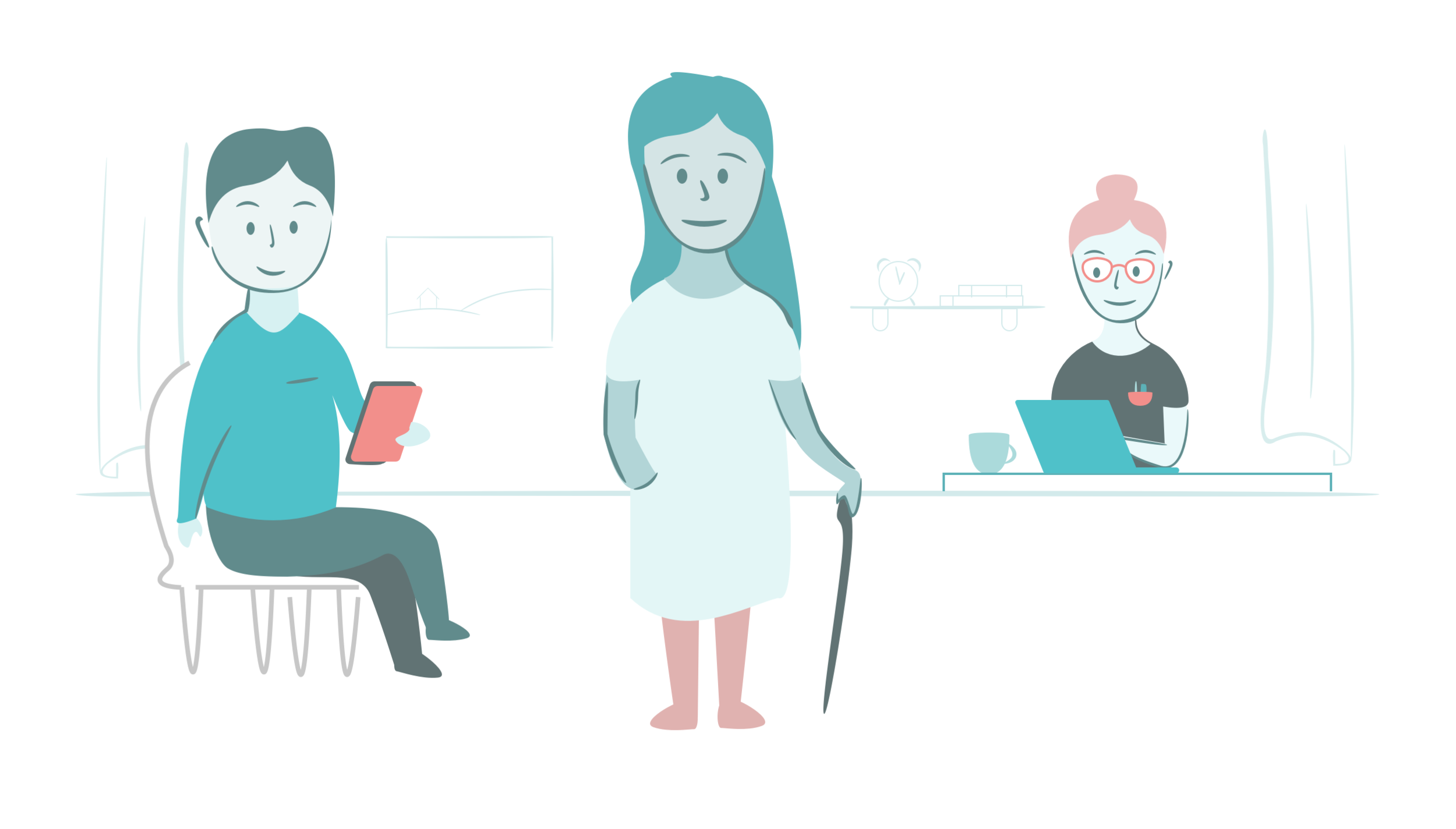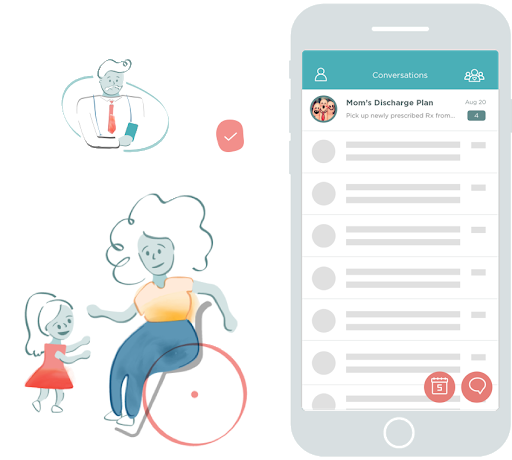Care3 News & Events











The Top 5 Things I Learned at the NPA Annual Conference
For the second consecutive year, Care3 sponsored the keynote address. National PACE Association President & CEO, Shawn Bloom, called Care3 “a fitting sponsor” for the keynote….Care3 CEO David Williams gives his Top 5 things he learned at this year’s conference.
